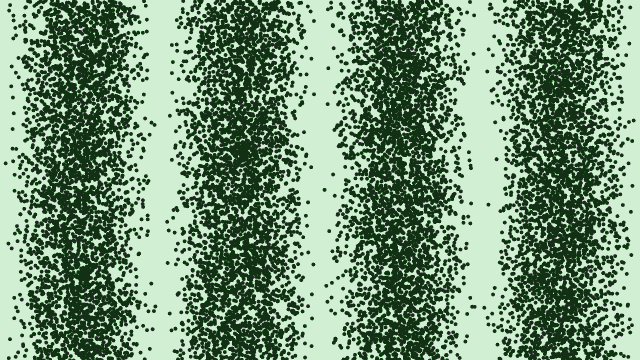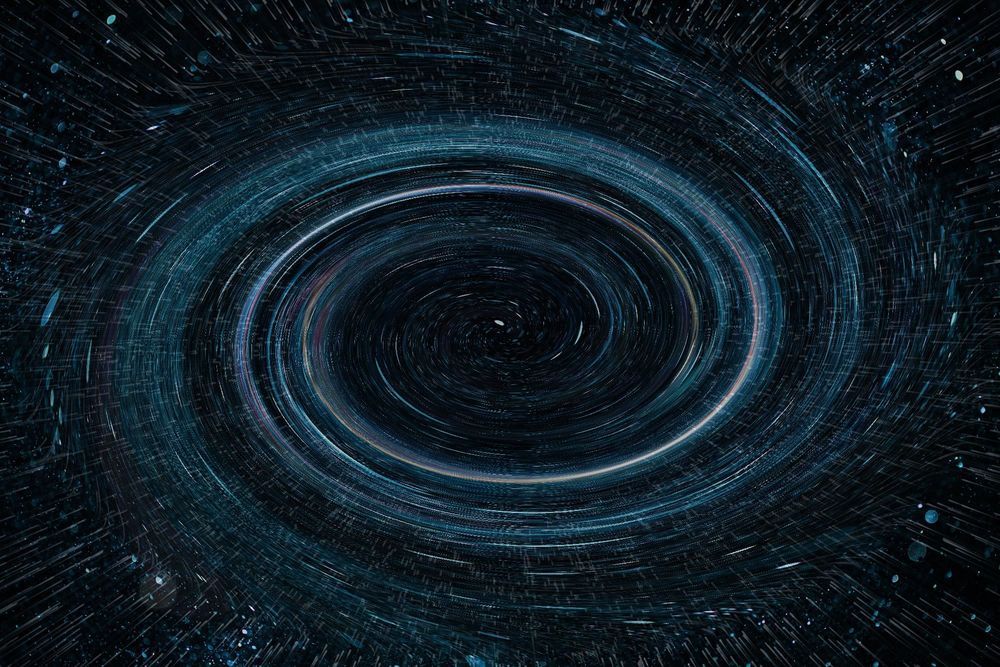Physicists have watched a chain of 15 amino acids interfere with itself, in an experiment that paves the way for a new era of quantum biology.



A group of scientists led by Artem Oganov of Skoltech and the Moscow Institute of Physics and Technology, and Ivan Troyan of the Institute of Crystallography of RAS has succeeded in synthesizing thorium decahydride (ThH10), a new superconducting material with the very high critical temperature of 161 kelvins. The results of their study, supported by a Russian Science Foundation grant, were published in the journal Materials Today on November 6, 2019.
A truly remarkable property of quantum materials, superconductivity is the complete loss of electrical resistance under quite specific, and sometimes very harsh, conditions. Despite the tremendous potential for quantum computers and high-sensitivity detectors, the application of superconductors is hindered by the fact that their valuable properties typically manifest themselves at very low temperatures or extremely high pressures.
Until recently, the list of superconductors was topped by a mercury-containing cuprate, which becomes superconducting at 135 kelvins, or −138 degrees Celsius. This year, lanthanum decahydride, LaH10, set a new record of −13 C, which is very close to room temperature. Unfortunately, that superconductor requires pressures approaching 2 million atmospheres, which can hardly be maintained in real-life applications. Scientists, therefore, continue their quest for a superconductor that retains its properties at standard conditions.
A newly developed laser technology has enabled physicists in the Laboratory for Attosecond Physics (jointly run by LMU Munich and the Max Planck Institute of Quantum Optics) to generate attosecond bursts of high-energy photons of unprecedented intensity. This has made it possible to observe the interaction of multiple photons in a single such pulse with electrons in the inner orbital shell of an atom.
In order to observe the ultrafast electron motion in the inner shells of atoms with short light pulses, the pulses must not only be ultrashort, but very bright, and the photons delivered must have sufficiently high energy. This combination of properties has been sought in laboratories around the world for the past 15 years. Physicists at the Laboratory for Attosecond Physics (LAP), a joint venture between the Ludwig-Maximilians-Universität Munich (LMU) and the Max Planck Institute of Quantum Optics (MPQ), have now succeeded in meeting the conditions necessary to achieve this goal. In their latest experiments, they have been able to observe the non-linear interaction of an attosecond pulse with electrons in one of the inner orbital shells around the atomic nucleus. In this context, the term ‘non-linear’ indicates that the interaction involves more than one photon (in this particular case two are involved).

What if god was literally real. Let’s just posit that instance. What if a type 7 civilization existed. What if the realm of impossibility of dream existed. I think if a realm of impossibility existed it have literal physics. This book talks about this real instance of possible impossibility. What if water into wine literally happened it would have a literal physics. In the realm of science of the impossible there could have a literal scientific proof that a chimp with god like powers did exist that essentially maybe it prove of a being that has impossible abilities. Some even posit that god is an alien perhaps. That the universe is a sandbox for us to live much like a video game is. That the vast expansion of this bubble universe with its realm of physics that has near endless possibilities stands to reason of a creator that has made those to be. That it is not just farming we do on earth but rather something different that even in a grain of sand there is infinite possibilities because essentially it was manufactured by a god like being that physically existed. This could rewrite the history books even proving that god does exist as an actual being of immense abundance and power. M theory would solve the questions we all hold dear that the secrets of the universe may be hidden in m theory.
Setting aside the pervasive material bias of science and lifting the obscuring fog of religious sectarianism reveals a surprisingly clear unity of science and religion. The explanations of transcendent phenomena given by saints, sages, and near-death experiencers—miracles, immortality, heaven, God, and transcendent awareness—are fully congruent with scientific discoveries in the fields of relativity, quantum physics, medicine, M-theory, neuroscience, and quantum biology.

A group of Skoltech researchers led by Professor Anatoly Dymarsky studied the emergence of generalized thermal ensembles in quantum systems with additional symmetries. As a result, they found that black holes thermalize the same way ordinary matter does. The results of their study were published in Physical Review Letters.
The physics of black holes remains an elusive chapter of modern physics. It is the sharpest point of tension between quantum mechanics and the theory of general relativity. According to quantum mechanics, black holes should behave like other ordinary quantum systems. Yet, there are many ways in which this is problematic from the point of view of Einstein’s theory of general relativity. Therefore, the question of understanding black holes quantum mechanically remains a constant source of physical paradoxes. The careful resolution of such paradoxes should provide us a clue as to how quantum gravity works. That is why the physics of black holes is the subject of active research in theoretical physics.
One particularly important question is how black holes thermalize. A recent study undertaken by a group of Skoltech researchers found that in this regard black holes are not that different from ordinary matter. Namely, the emergence of equilibrium can be explained in terms of the same mechanism as in the conventional case. An analytical study of black holes became possible due to the rapidly developing theoretical tools of the so-called holographic duality. This duality maps certain types of conventional quantum systems to particular cases of quantum gravity systems. Although additional work is necessary to extend this similarity to thermalization dynamics, this work provides additional support for the paradigm that important aspects of black holes and quantum gravity, in general, can be explained in terms of the collective dynamics of conventional quantum many-body systems.

Have you ever laid wide-awake in the late hours of the night wondering what your life would look like if you took that other job, moved countries, or ended up with someone else? While there’s no definite answer — and probably never will be — the idea that there’s multiple versions of you, living in various universes, isn’t as make-believe as you might think.
According to Sean Carroll, a theoretical physicist at the California Institute of Technology and author of Something Deeply Hidden: Quantum Worlds and the Emergence of Spacetime, the increasingly popular theory of Many Worlds Interpretation suggests every fundamental event has multiple possible outcomes and splits the world into alternate realities.
This mind-bending idea originally came from Hugh Everett, a graduate student who wrote just one paper in the 1950s. Everett’s theory describes the universe as a “changing set of numbers, known as the wave function, that evolves according to a single equation.” According to Many Worlds, the universe continually splits into new branches, to produce multiple versions of ourselves. Carroll argues that, so far, this interpretation is the simplest possible explanation of quantum mechanics.


In this interview, AZoNano speaks to Frank Deppe, Junior Group Leader for Superconducting Quantum Circuits at the Walther-Meißner-Institut, about QMiCS and the work that it does.
Can you give a brief overview European Quantum Technology Flagship Program ‘QMiCS’?
The project acronym ‘QMiCS’ means “Quantum Microwaves for Communication and Sensing”. QMiCS is one out of 20 projects which got funded in the highly competitive first call of the European Quantum Technology Flagship Program. Within this program, QMiCS is still a basic science project, where academic research groups collaborate with selected commercial companies. The main task of QMiCS is to explore the potential of non-classical propagating microwaves, whose behavior is controlled by the laws of quantum mechanics, for future applications and commercial exploitation.

